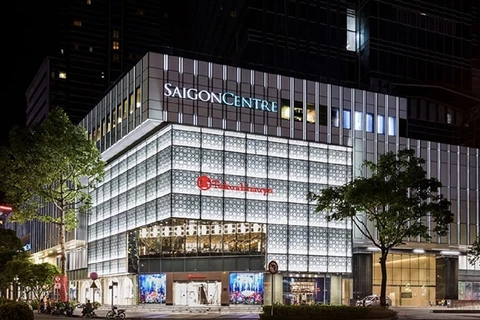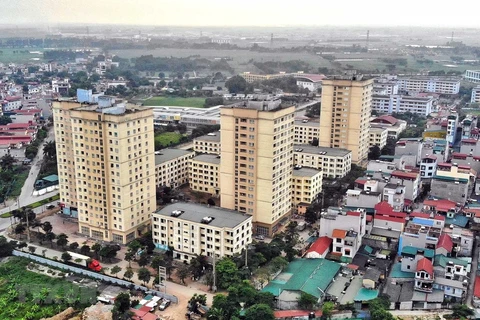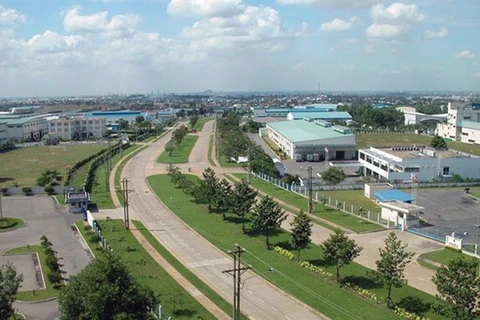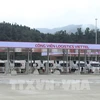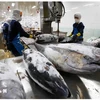 Landlords with properties on the streets of Hang Ngang, Hang Dao and Hang Gai have had to cut rents to attract tenants.— Photo dantri.com.vn
Landlords with properties on the streets of Hang Ngang, Hang Dao and Hang Gai have had to cut rents to attract tenants.— Photo dantri.com.vn Hanoi (VNA) – While the COVID-19 epidemic has basically been controlled in Vietnam and business activities have resumed, the retail space market in Hanoi is gloomy with rentals down from 20-30 percent.
Poor business during the epidemic has forced many shop owners to close their business and seek to transfer or return their rented shops.
Pham Danh Tung, owner of a fashion shop in Hang Bai street in the downtown Hoan Kiem district, said a strong fall in customers and revenues, plus a high rent, has pushed him into the corner and he had to suspend business and return the shop to the landlord.
Meanwhile, Le Kim Dung, who has a shop for rent in Chua Boc street, said although she has reduced the asking price by 30 percent, no customer has come during the past month.
A survey by real estate firm CBRE showed 43 percent of retail tenants expected their revenue would decrease by 10-30 percent this year, and 27 percent hoped for support from landlords because their business operation was seriously affected by the COVID-19 epidemic.
Economic experts said the rising trend of online shopping is another reason making retail space less popular.
Vo Thi Phuong Mai, head of CBRE’s Retail Services said the COVID-19 pandemic had negatively affected the traditional retail channel but at the same time created opportunities for more modern retail channels such as convenience stores and e-commerce. She expected that multi-channel retail will grow in the time ahead./.
